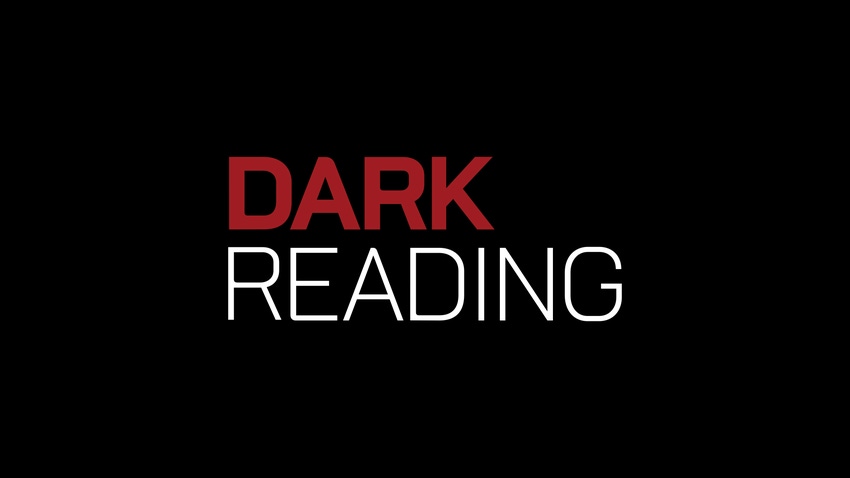Avoiding ATM "Skimmer" Threats
A security expert has posted photos of a device that could cost your small business dearly if you fall prey to it: an ATM "skimmer."

A security expert has posted photos of a device that could cost your small business dearly if you fall prey to it: an ATM "skimmer."Brian Krebs' latest blog post includes photos and a detailed description of an ATM skimmer that was found attached to a machine in Woodland Hills, CA. The skimmer fits over the card intake slot of a legitimate ATM, reading a victims' debit or credit card information as they insert their cards.
The device pictured in Krebs' post even includes a motion-activated pinhole camera aimed at the ATM's control pad to record a victim's PIN.

I strongly suggest checking out Krebs' full blog post for additional pictures. Being able to recognize a skimmer could save your company thousands of dollars and a world of trouble.
A skilled thief can build an ATM skimmer out of parts scavenged from MP3 players and other easily available components. A well-built skimmer will fit smoothly -- but usually not seamlessly -- over the mouth of the machine's card reader.
Thieves realize that a reader gives them an effective, and relatively safe, way to gather card data and PINs from their victims. When the scam works, they can retrieve the device at their convenience; when it doesn't, they simply spend a few dollars to build another skimmer and try again elsewhere.
Krebs offers some sound, common-sense advice on how to avoid this scam. "Practice basic ATM street smarts and you should have little to fear from these skimmers: If you see something that doesnt look right  such as a odd protrusion or off-color component on an ATM  consider going to another machine. Also, stay away from ATMs that are not located in publicly visible and well-lit areas."
Needless to say, ATMs attached to physical bank branches -- especially during regular business hours -- are probably less vulnerable to skimmer attacks. The next time you visit an ATM during off hours or at a stand-alone location (including drive-up ATMs), don't let convenience outweigh the need to protect your small business against these increasingly common attacks.
About the Author(s)
You May Also Like
Beyond Spam Filters and Firewalls: Preventing Business Email Compromises in the Modern Enterprise
April 30, 2024Key Findings from the State of AppSec Report 2024
May 7, 2024Is AI Identifying Threats to Your Network?
May 14, 2024Where and Why Threat Intelligence Makes Sense for Your Enterprise Security Strategy
May 15, 2024Safeguarding Political Campaigns: Defending Against Mass Phishing Attacks
May 16, 2024
Black Hat USA - August 3-8 - Learn More
August 3, 2024Cybersecurity's Hottest New Technologies: What You Need To Know
March 21, 2024


